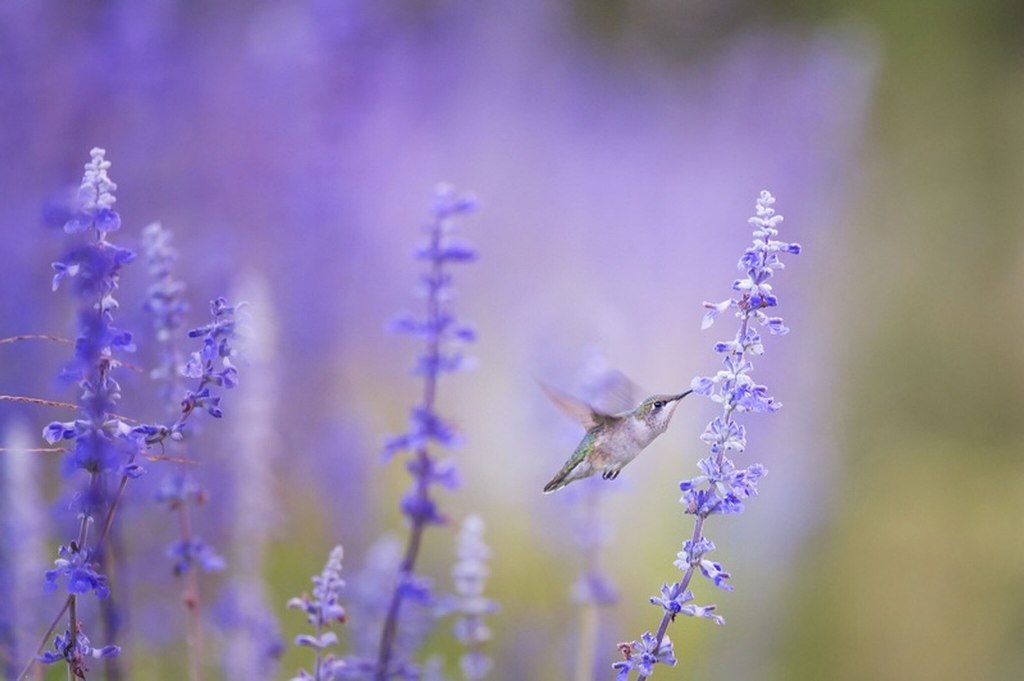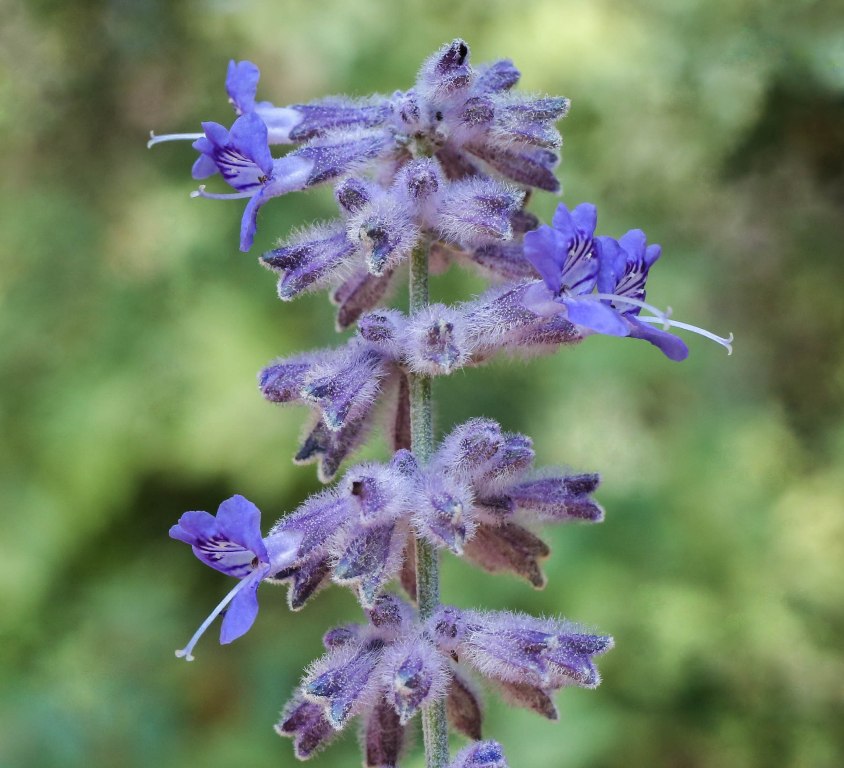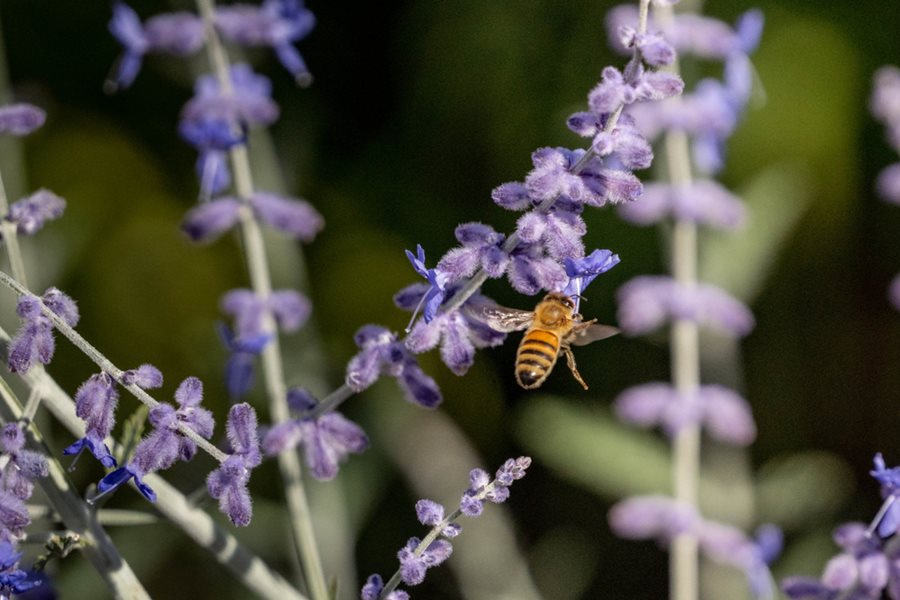How to Grow and Care for Russian Sage Flower

The Russian Sage is the common name for the Salvi Yangii and is a beautiful and fragrant, perennial flowering species. The breed is native to the steppes and hills of Southwestern and Central Asia. The flower is particularly admired for its beautiful fragrance and lavender shade. The flowers on the plant grow in bundles and clusters. They typically bloom from late spring to autumn and have barely any leaves, leaving only flowers growing in a linear pattern across a branch. It has silver-gray and green foliage and looks prominent and admirable in the garden. The plant can grow up to 2-4 feet in height.
How to Plant

The best time to plant freshly cultivated Russian Sages is late spring when the soil is warm. The plant breed does not need much moisture and can grow in relatively drier conditions. Avoid planting them in the winter, and while growing the plant straight from the seed, it is best first to plant the seed indoors and wait for the plant to come up.
The plant needs a bright, sunny spot in your garden with well-drained soil, making it an ideal variety for hot, dry climates such as the beachside. It is also tolerant of alkaline conditions and is perennial. It is best to avoid planting it in the shade or overly fertile soil, as it could kill the plant.
The plant requires some patience to grow, and container-grown, bare-root plant saplings are widely available at nurseries and garden centers. The plant blooms in the first season itself if planted right. Though some varieties of the Russian Sage can be grown from the seed, they are harder to find and can take a long time to germinate. It is better to leave at least 2 feet of space between two plants as they take about 1-2 years to grow into complete clusters.
How to Care for Russian Sage

- Though the Russian Sage does not need much water during its maintenance, it is important to keep the base wet during the growing season of the plant. Once the flowers have reached their complete growth, the plant can easily withstand water shortage or even drought and is very tolerant of heat.
- One must occasionally cut the woody plant stems down to about 6 inches in length during early spring to make way for new plant growth. You can go for a light pruning in the early summer to reduce plant height, make them look fuller and bulkier. During the winter, you must leave the silvery stems in place.
- Since the plant has a woody base, it is difficult to divide. The division is also not necessary as the plant grows in bulk by itself.
- The plant is naturally aromatic, so it can easily avoid pests on its own. It does not require fertilizer as well as it does perfectly fine in harsh weather.
The Russian Sage is a low-maintenance plant that will beautify your garden for a long time with its beautiful flowers and aromatic scent.
The plant may look like lavender flowers and smell beautiful, yet a majority of the Russian Sages are toxic and not fit for consumption. It may smell like a few of the edible ingredients used daily, yet the consumption of its leaves or flowers is toxic and should not be consumed. Though the flowers cannot be directly consumed, you can dry them and make potpourri or add them as a garnish to tea. The stock can also be used in a dry flower arrangement.
The Russian Sage smells somewhat like garlic, and hence its aroma does repel bugs. As garlic is a mosquito repellent and the flower smells similar, it does have the quality to repel bugs on its own. This trait makes it further easier to maintain the plant as it mostly remains free of parasites or bugs, and hence no pesticide is needed while planting it into the soil.
The Russian Sage can be kept in check from spreading by causing conditions that will avoid its overspread. One may overwater the roots, or treat the roots with a herbicide to induce some bad health, leading to slower growth and spread of the plant. As the plant is extremely tolerant, the treatment does not kill the existing flowers, yet prevents new ones from growing. Pruning and cutting also help restrict the plant to an extent. You may also occasionally dig out the new branches to prevent overspreading.





